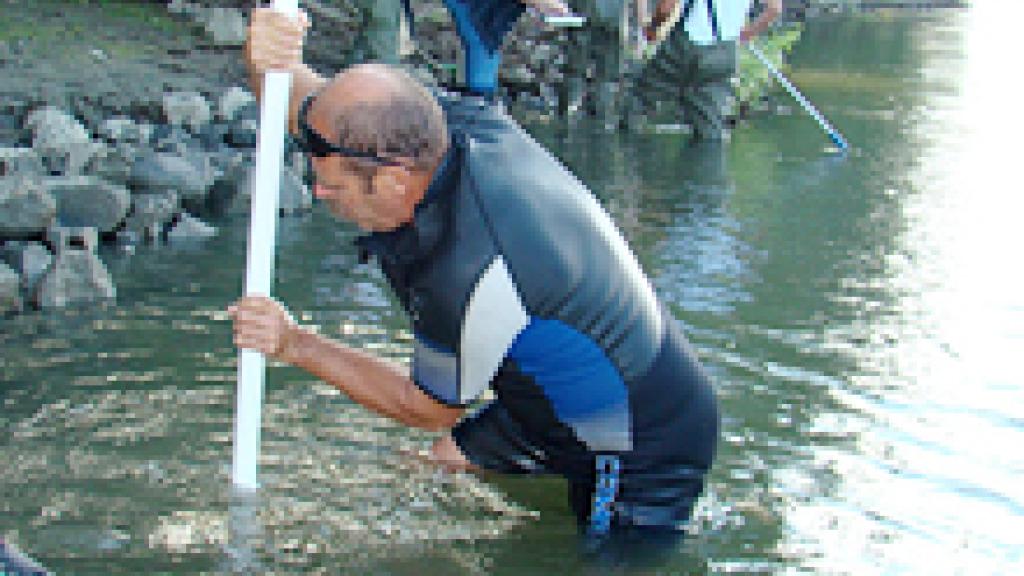Joint Danube Survey 1
The Joint Danube Survey 2001 was carried out by the ICPDR and is the most homogenous analysis of the water quality and the ecological status of the Danube River. Over 140 chemical and biological parameters were analysed and over 40.000 laboratory results were generated.

The ICPDR initiated the JDS 2001 to improve the validity and comparability of water quality data received from its regular monitoring programme (Trans-National Monitoring Network).
Organic pollution varied between "moderately" and "critically polluted". Many side arms and tributaries were more polluted than the main stream.
In certain stretches no macro-invertebrates were found at all – a clear indication of an even higher organic or toxic pollution.
Eutrophication: Particularly high concentrations of algal biomass were found in the Hungarian stretch downstream of Budapest, which indicates elevated nutrient concentrations.
Microbiological (bacterial) pollution is showing anthropogenic impacts possibly caused by insufficiently treated sewage (faecal pollution) and by impacts from farm land and pasture (manure). Faecal bacteria indicate also the potential presence of pathogenic bacteria, viruses and parasites endangering human health.
Specific heavy metal pollution hot-spots were detected (the Rusenski Lom, the Iskar and the Timok tributaries, Bulgaria).
Pollution from navigation, mainly oil was observed; the highest values of petroleum hydrocarbons in sediments and suspended solids were found in the Middle Danube reach.
From 23 pesticides under investigation only Atrazine and Desethylatrazine could be found along the Danube.
Significant concentrations of harmful chemical pollutants featuring on the EU Water Framework Directive List of Priority Pollutants, were found in bottom sediments as well as in suspended solids.
Results
The results of the JDS have been taken as the basis for future activities of the ICPDR, specially focusing on:
- measures to decrease nutrient input from agriculture
- building of wastewater treament plants with nitrogen and phosphorus removal
- introduction of of phosphate-free detergents
- measures to decrease heavy metal pollution from the mining and metallurgy areas
- intensification of the cooperation with the Danube Navigation Commission on reducing oil pollution from shipping
- establishment of sediment quality targets
- improvement of the Danube Trans-National Monitoring Network (TNMN)





